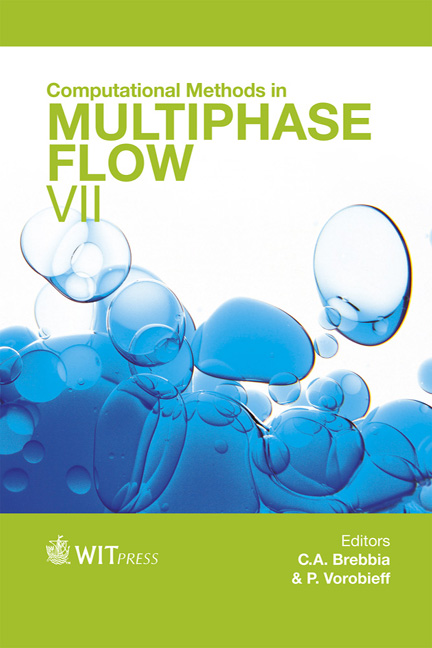Technical Challenges And Solutions In A Closed Loop MEG Regeneration System For Gas Field Offshore, UK
Price
Free (open access)
Transaction
Volume
79
Pages
12
Page Range
511 - 522
Published
2013
Size
320 kb
Paper DOI
10.2495/MPF130421
Copyright
WIT Press
Author(s)
S. Baraka-Lokmane, Ch. Hurtevent, M. Seiersten, E. Flaten, M. Farrell, O. Bradshaw, S. Hare, M. Bonis, F. Jacob & N. Carles
Abstract
Two UK gas/condensate fields are being developed as a single integrated subsea production system. Mono Ethylene Glycol (MEG) is used as a thermodynamic hydrate inhibitor. The main processes for recycling of MEG are regeneration and reclamation. Operational problems within closed MEG system are carbonate (CaCO3) scaling deposits at MEG injection point, pipeline, and salt removal system as well as accumulation of corrosion products. This paper presents the results of prediction of precipitation of solids and corrosion in the closed MEG loop system and presents solutions for these challenges. The key points discussed in this paper are (i) The choice of acid to be used to neutralise excess alkalinity in the Lean MEG; (ii) The upper limit value of pH in order to keep a low corrosion rate and prevent scaling risk; (iii) The risk and consequences of HCl overdosage; (iv) The location of the injection point of this acid; (v) Calculation of the acid flowrate; (vi) The choice of the alkalinity source required to precipitate the divalent cations in the rich MEG pre-treatment; (vii) Calculation of the flowrate of this alkalinity source; and (viii) Monitoring of alkalinity and acid injection. The modeling methodology used as a basis for this study is a purely thermodynamic approach. The equilibrium calculations are done with the MultiScale software with the glycol add-in. Keywords: scale, monoethylene glycol, alkalinity, corrosion, hydrochloric acid, sodium carbonate.
Keywords
Keywords: scale, monoethylene glycol, alkalinity, corrosion, hydrochloric acid,sodium carbonate.





